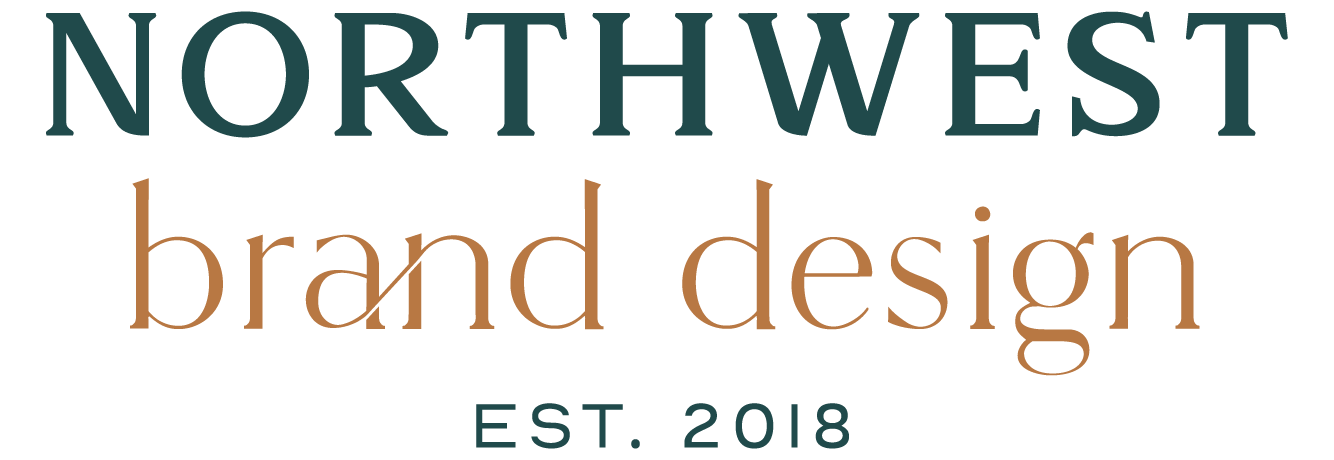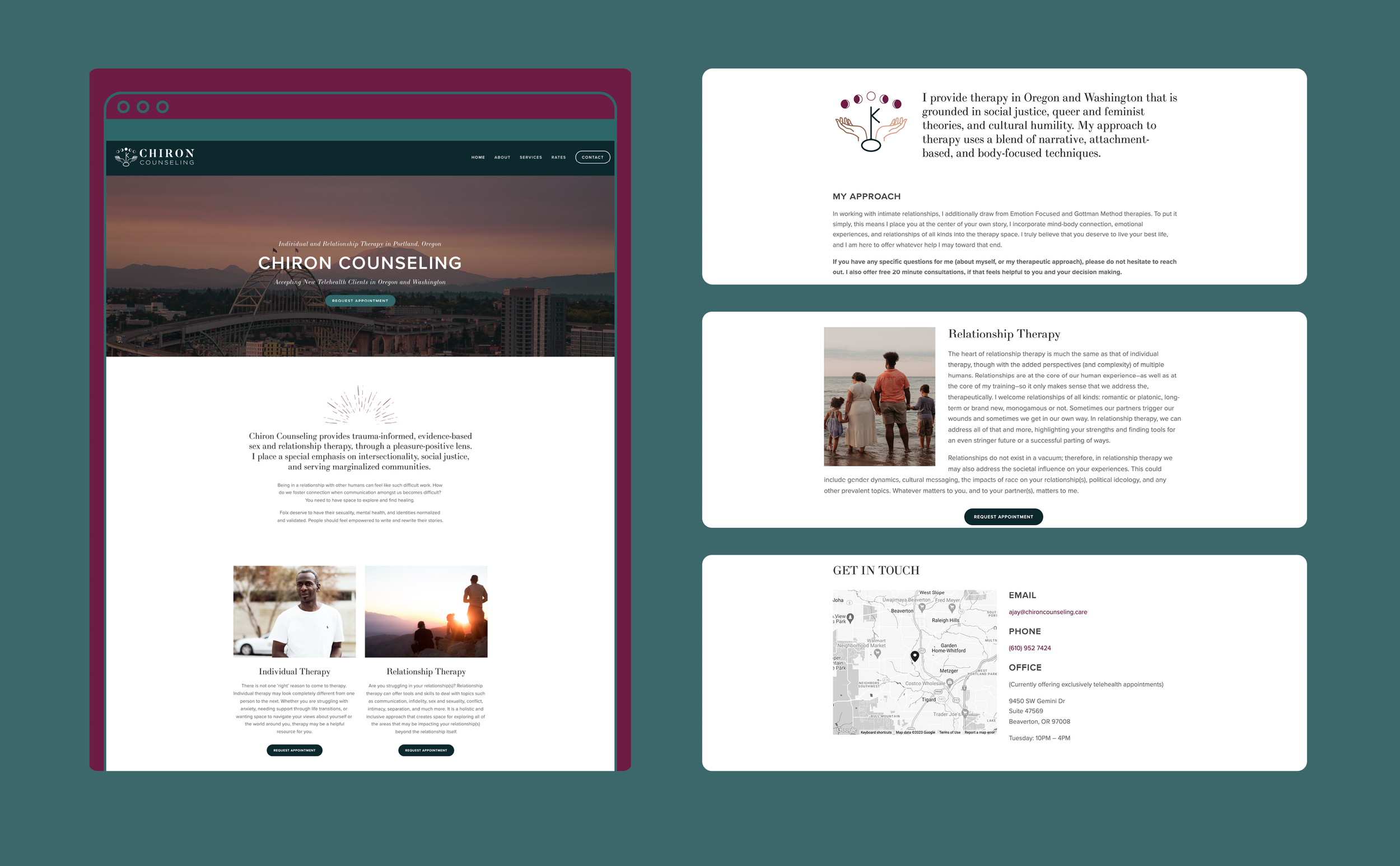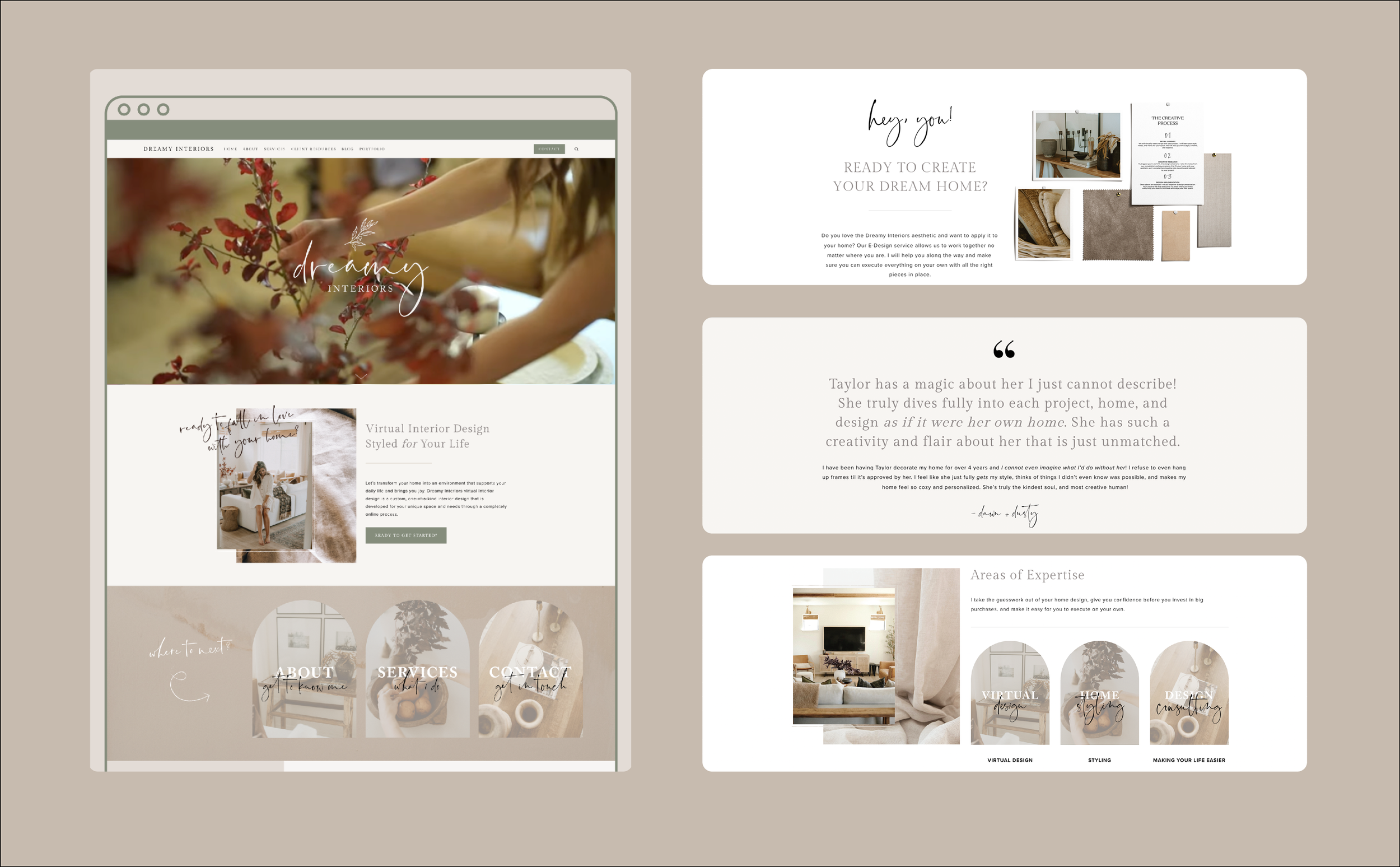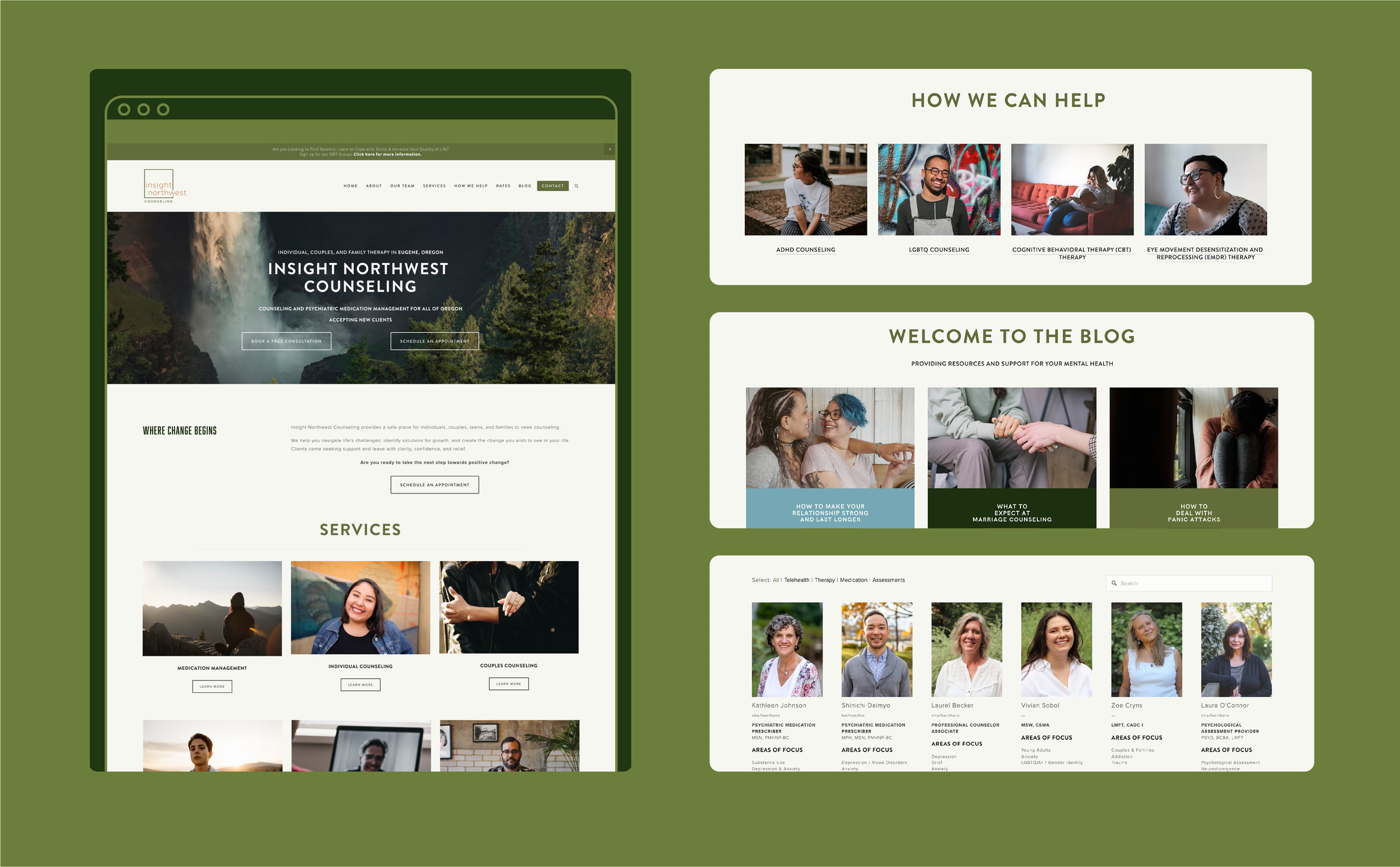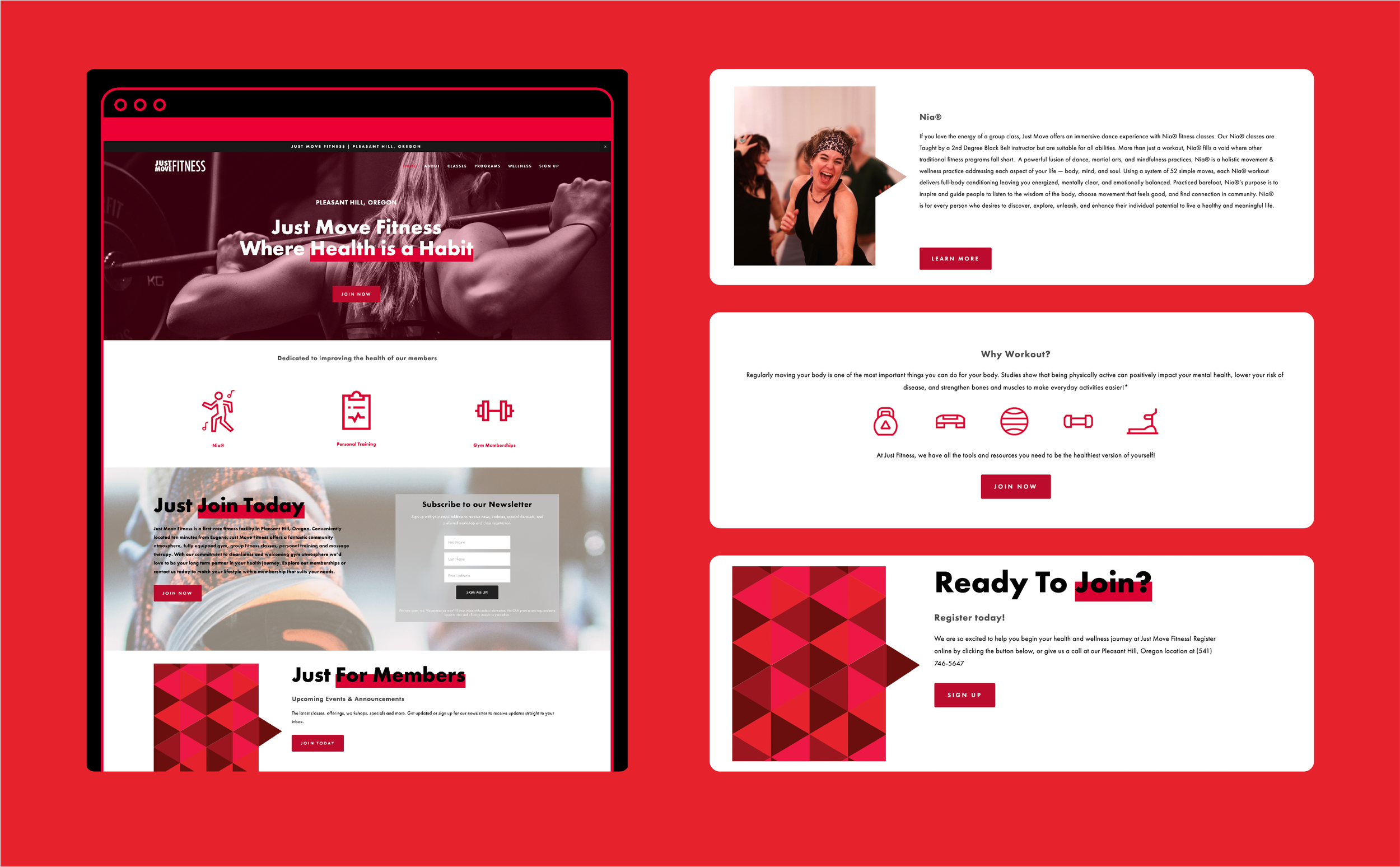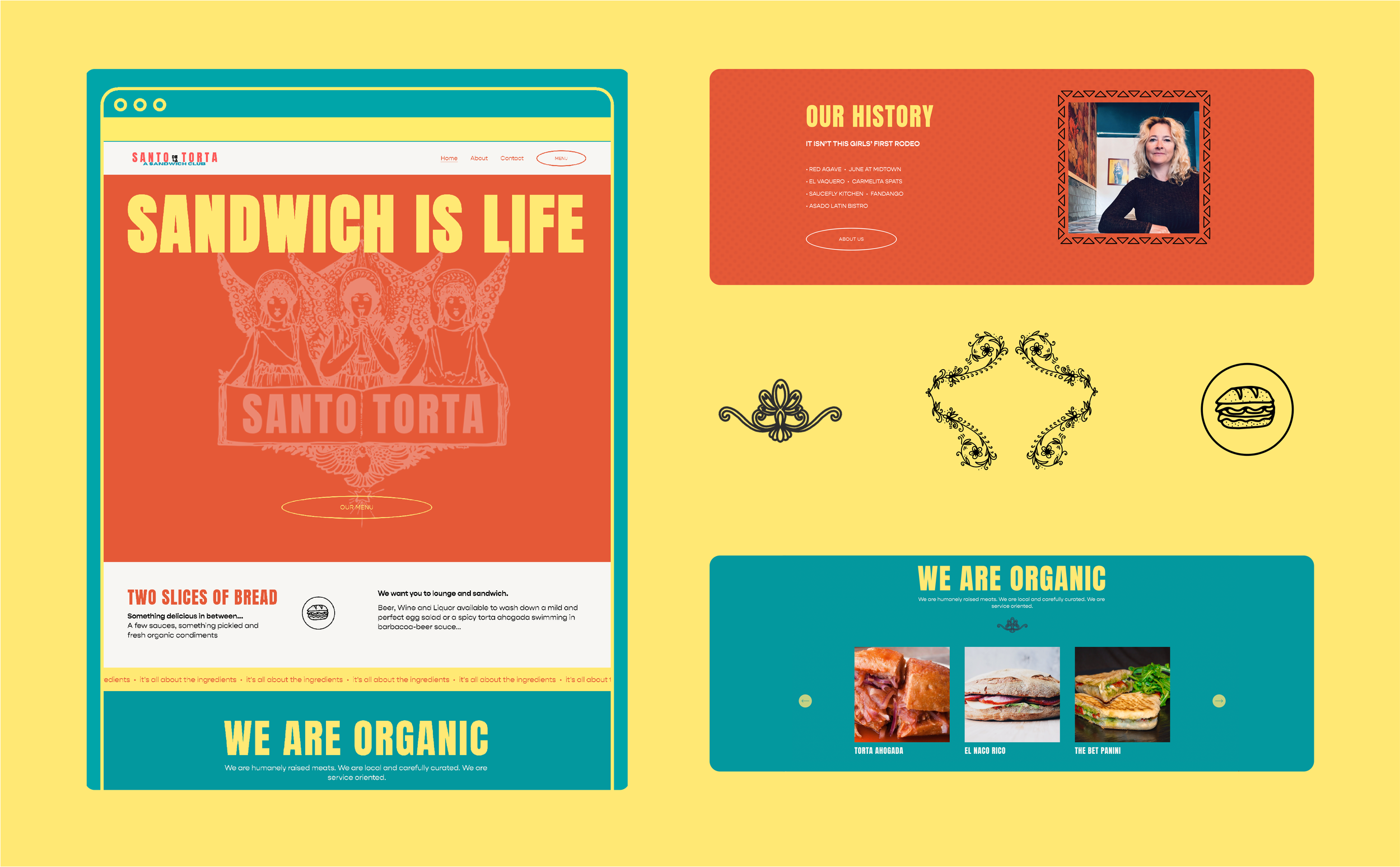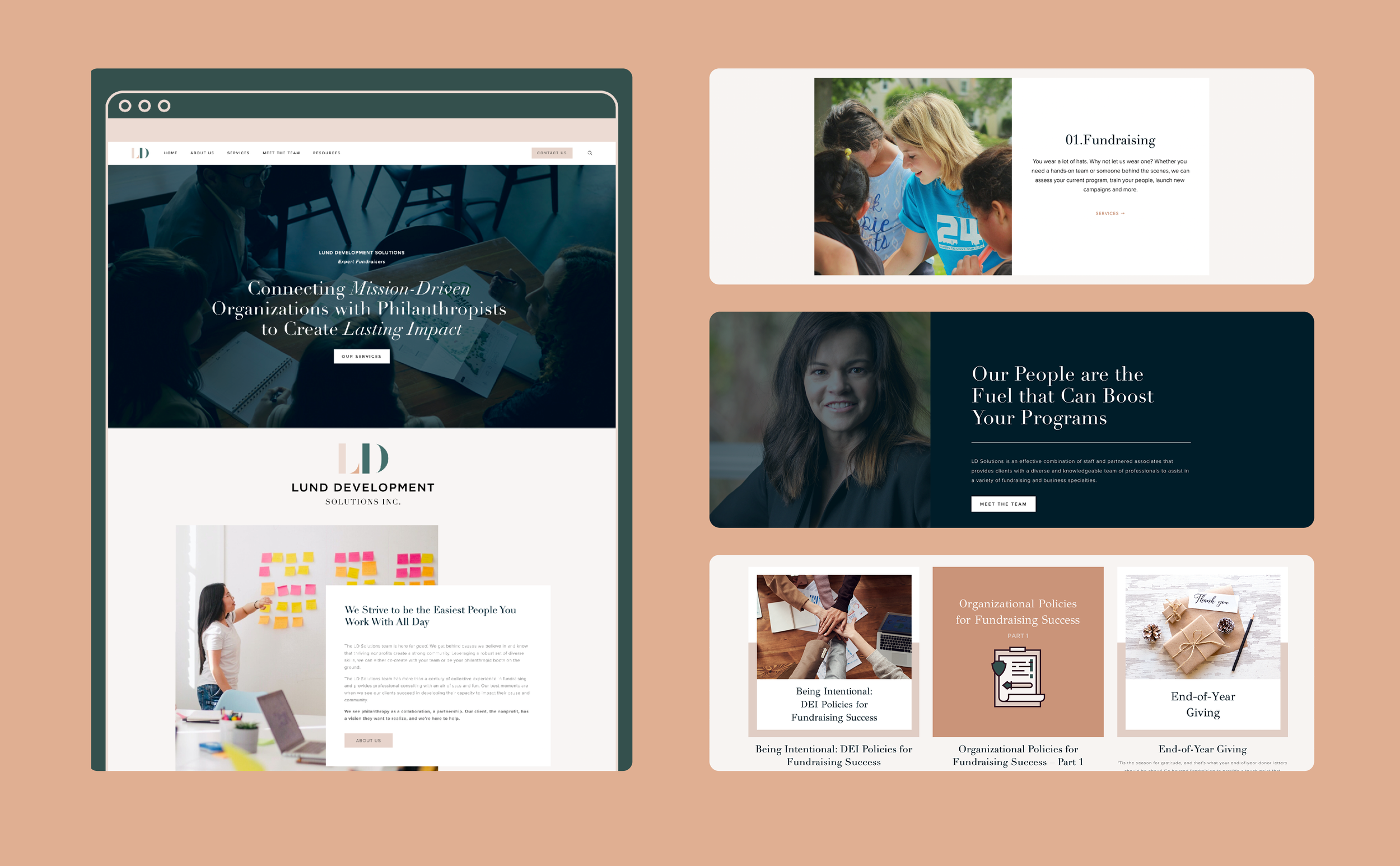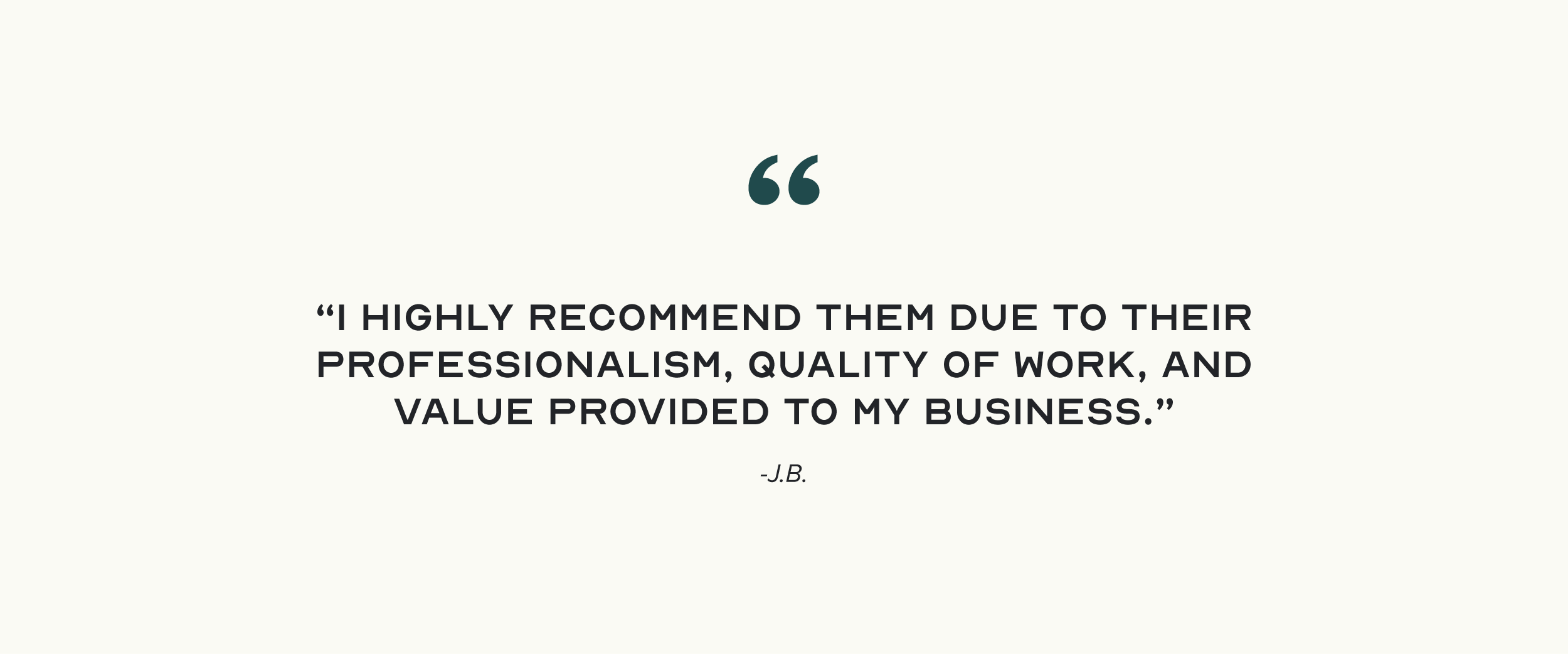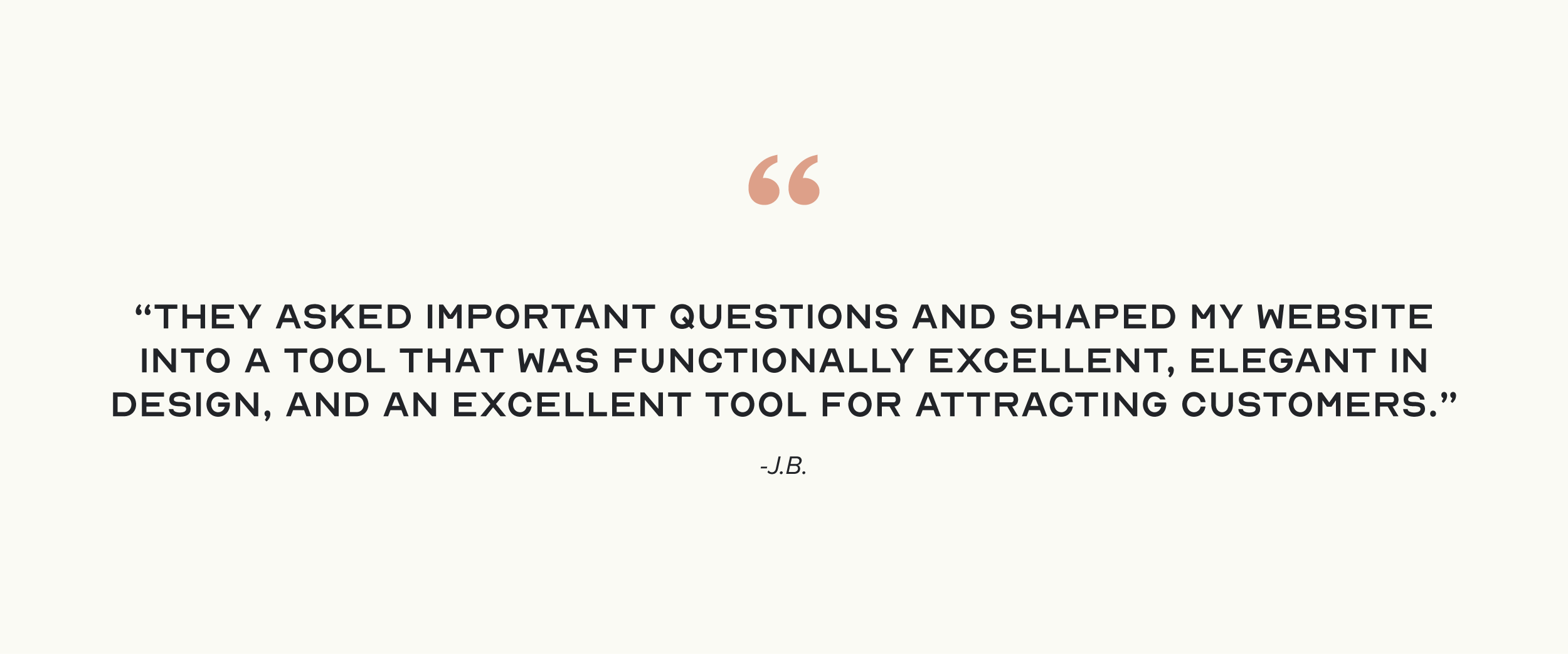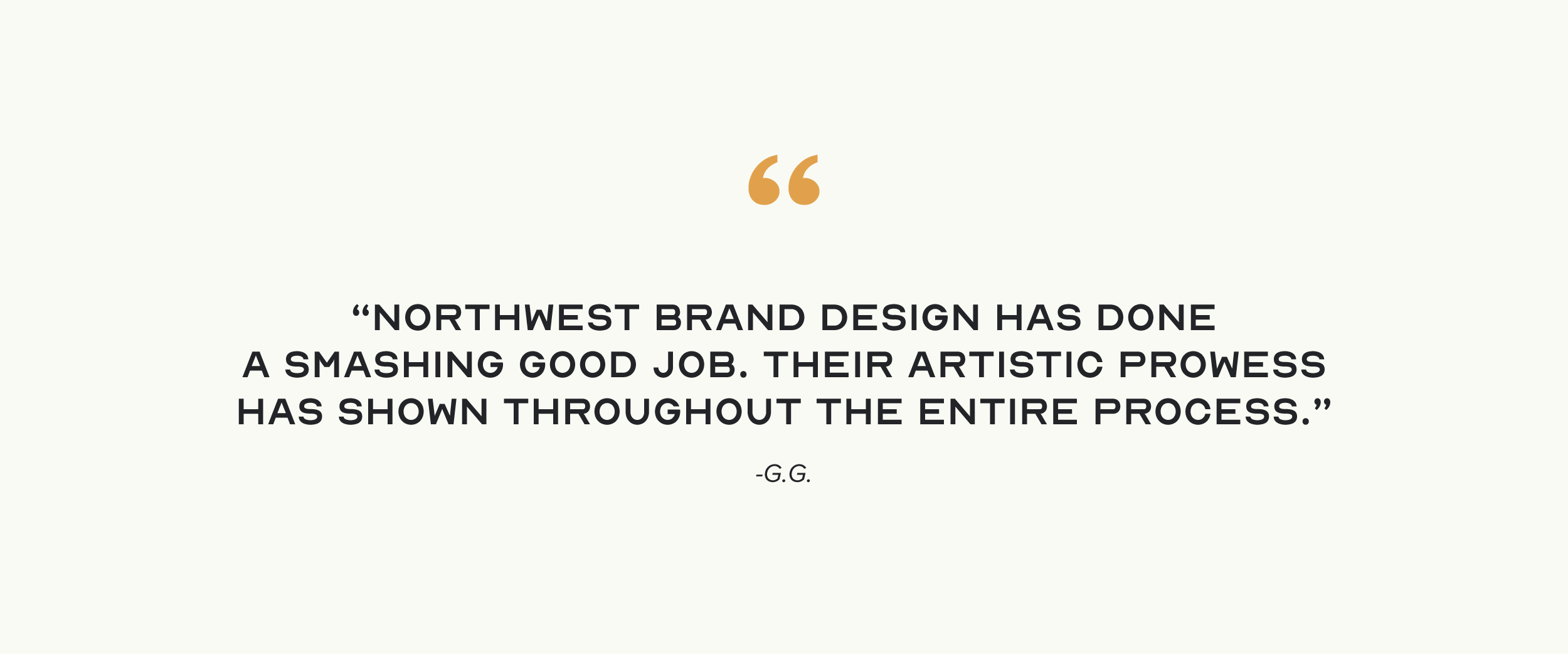10 Must-Have Features for Your Business Website: A Comprehensive Guide
It seems like a no-brainer that in our fast-paced digital world a strong online presence is a must-have for a business looking to thrive. A website is not just a place to send traffic—your website acts as your virtual storefront and access point for prospective customers to learn more about your brand’s values. Ensuring that your site goes beyond a place to click to, and converts customers means investing in essential features on your website like responsive design, compelling calls to action, and prioritizing user experience (just to name a few). Utilizing these key features in your website will not only make your business look more professional, but will set you apart from your competition.
Let's delve into the top 10 must-haves that every business website should incorporate to succeed in the digital realm:
1 - Mobile First Thinking: Responsive Design
In an era where smartphones and tablets are dominating internet usage, having a mobile-friendly website is no longer a choice.
Responsive design means that a website is mobile-friendly and adapts seamlessly to various screen sizes and devices. Whether visitors are looking at your website from their desktop computer, a smartphone, or a tablet, they should be able to access a visually appealing and user-friendly website. This is even more important as traffic being sent to websites from social media platforms is at an all time high. Additionally, optimizing your user experience across devices boosts search engine ranking, as search engines (like Google) prioritize results that are mobile friendly.
2 - Navigation: Managing Wayfinding on Your Site
Imagine walking into a store with no clear signage or organization—it would be extremely frustrating and off putting to shop there, and would probably limit repeat customers.
Now think of your website as a store in need of signage.
That is where navigation comes in: a cluttered or confusing website navigation can drive traffic away from your site. To keep users engaged and help them find information quickly, your website should have intuitive navigation menus. When organizing your content, think through the flow of information and how you want users to engage with it. Using clear labels and categories that reflect the hierarchy of information will go a long way. Additionally, implementing breadcrumbs, search bars, and sitemaps can further enhance the ability to find information on your website, and provide users with secondary ways to locate content—limiting frustration.
Breadcrumbs
Search Bar
Sitemap
3 - Seamless Communication: Contact Information
Accessibility goes a long way in building trust with your audience.
Make it easy for prospective clients to contact you by displaying contact information on every page of your website. Include information like your phone number, email address, and physical address (if applicable) for ease of communication. A good way to do this is to place this information in a site header or footer. Another way to promote communication is to incorporate a contact form on your website that allows users to reach out without ever having to leave your website. By providing multiple channels for communication, you will demonstrate your accessibility and reinforce your business’ commitment to customer service.
4 - Guiding The Conversation: Compelling Call-To-Action (CTA)
Utilizing well-crafted calls-to-action (or CTAs) serve as a powerful tool for driving conversations and actions on your website. Whether your goal is to generate leads, make sales online, or encourage engagement, CTAs prompt visitors to take the desired action. Design CTAs that stand out visually, use contrasting colors and persuasive language — such as “SHOP NOW” or “LEARN MORE” — to capture attention.
Another important element to using impactful calls-to-action is to clearly communicate the value of acting upon the CTA.
For example, if you want someone to sign up for your newsletter, talk about the content that they can expect to receive — “Sign up today and get access to FREE downloads and tips on how to take your business to the next level.” — and place these callouts strategically throughout your site on product pages, blog posts, and landing pages. A/B testing a couple of different calls-to-action can help identify what resonates best with your audience and optimize conversion.
5 - High-Quality Images and Videos: Capturing Attention and Conveying Value
Visuals play a huge role in capturing the attention of visitors and conveying your brand’s essence — and we’re not just saying this because it’s our personal favorite part of designing a website.
Incorporating photos and videos that are high-quality and showcase your products or services in an engaging and appealing manner will elevate the professionalism of your site. This tip applies to everything from product listings, headshots, behind the scenes footage, etc.
Examples of impactful visuals
Stock Resources
Visual media not only looks good, but can evoke emotions and build a rapport with your audience. Ensure that your visuals are relevant, professionally produced or sourced, and optimized for quick load speeds to enhance user experience on all devices.
6 - Boosting Visibility and Organic Traffic with SEO
A website that is well-structured not only improves user experience, but enhances search engine optimization (SEO) performance. Optimize your website’s structure, content, and metadata to increase your visibility in search engine results and attract organic traffic to your website. A big way to do this is utilizing keywords. Conduct keyword research to identify relevant keywords, terms and phrases that your target audience is searching for and incorporate them naturally into your website content via blog posts, page titles, product or service descriptions, meta descriptions, and heading tags. Additionally, using keywords in internal linking and URL structuring on your site can be helpful as well. Regularly monitor your website’s SEO performance and make adjustments as needed to improve your rankings and drive organic traffic.
Click here if you are interested in our complementary SEO Audit for your website!
7 - Secure Payments: Instilling Confidence and Trust in Online Transactions
If your business takes online payments, providing a secure payment option is incredibly important to building trust with your customer base. Implementing reputable payment gateways that offer encryptions and security features to protect customers’ sensitive information helps to ensure that their data is safe and secure.
In addition to investing in the security of your customer’s financial information, providing multiple payment options—credit cards, PayPal, and digital wallets — caters to customer preferences and helps to facilitate seamless transactions. Prioritizing transparency in pricing, shipping costs, and return policies can further instill confidence in your site as an e-commerce platform.
8 - Social Media Integration: Fostering Brand Engagement
Incorporating social media integrations into your website allows you to leverage the power of social media to expand your reach and foster brand engagement. Integrating social media links or feeds into your site enables visitors to connect with your brand on popular platforms like Facebook, Twitter/X, Instagram, LinkedIn, and Pinterest. Encourage users to share content to their networks by including social sharing buttons on blog posts, product pages, and other relevant content.
Share Button
Social Feed
Additionally, actively engaging with your audience on social media is key to boosting brand engagement as well. Replying to comments, sharing user-generated content, and running promotional campaigns that encourage engagement can help grow your audience and drive traffic to your website. These engagements will also help to build brand awareness and loyalty, and cultivate a following for your brand on social media.
9 - Building Credibility: Testimonials and Reviews
Proof in testimonials is a powerful way to motivate consumer decision making. Have testimonials and reviews prominently on your site and include client names and photos whenever possible to add to the authenticity. Another way to encourage clients to leave reviews is to have a form on your website for folks to submit reviews directly. Respond to reviews—both positive and negative—in a timely manner to demonstrate your commitment to customer service. By leveraging testimonials on your website you provide prospective clients with social validation and confidence in choosing your products and services over your competitors.
10 - Gaining Insights for Optimization: Analytics and Tracking
Data and user behavior analytics should be a driving force for making decisions about your website’s content and structure. Utilize web analytics tools, like Google Analytics, to monitor website performance, track user behavior, and gain valuable insights for optimization and decision making. Key metrics to analyze are:
• Traffic Sources: Where folks are coming from (search engines, social media, paid ads, etc.)
• User Demographics: Who is viewing your website.
• Conversion Rates: How many folks who come to your site are engaging with your content and/or buying your product or service.
By establishing a baseline on user behaviors, you will be able to understand how visitors interact with your website and identify areas for improvement. Set up goals and conversion tracking to measure the effectiveness of your marketing efforts and website initiatives. Regularly review and analyze your data to make informed decisions about content, user experience improvements, and which marketing tactics give you the most return on your investment (ROI). With this information you can continuously refine and optimize your website to best serve your client base, and achieve your business goals.
The Takeaway
A successful website is more than just an online presence. It is a powerful tool to drive growth, engage customers, and achieve your business goals. By incorporating the essential elements outlined in this post, you can create a website that not only attracts visitors but converts them into loyal customers.
Not sure where to start?
We have your back! Northwest Brand Design is a Eugene, Oregon design agency that specializes in creating and optimizing websites for our clients. We offer start to finish branding services that can enhance your business across platforms, and set you apart from your competition.
Want to learn more? Set up your FREE consultation today, and let’s get started.
